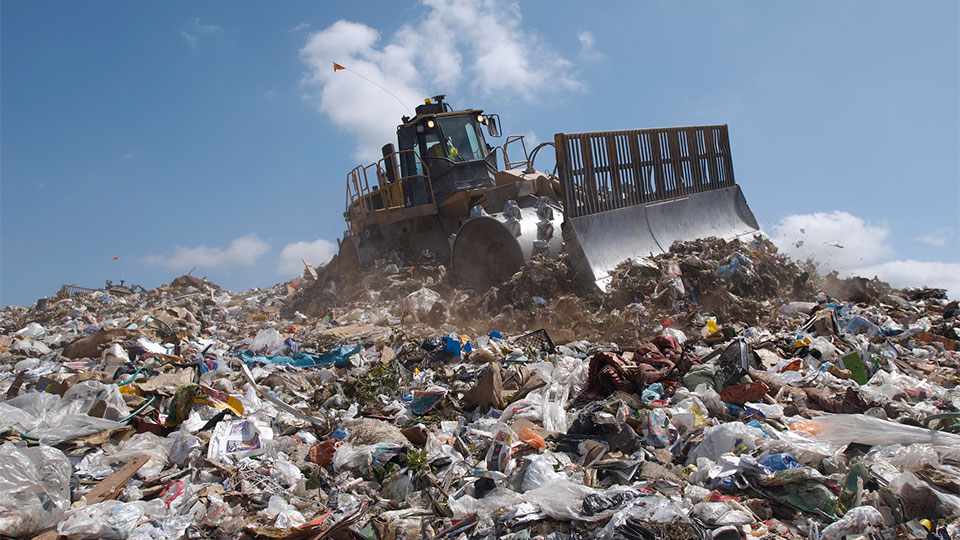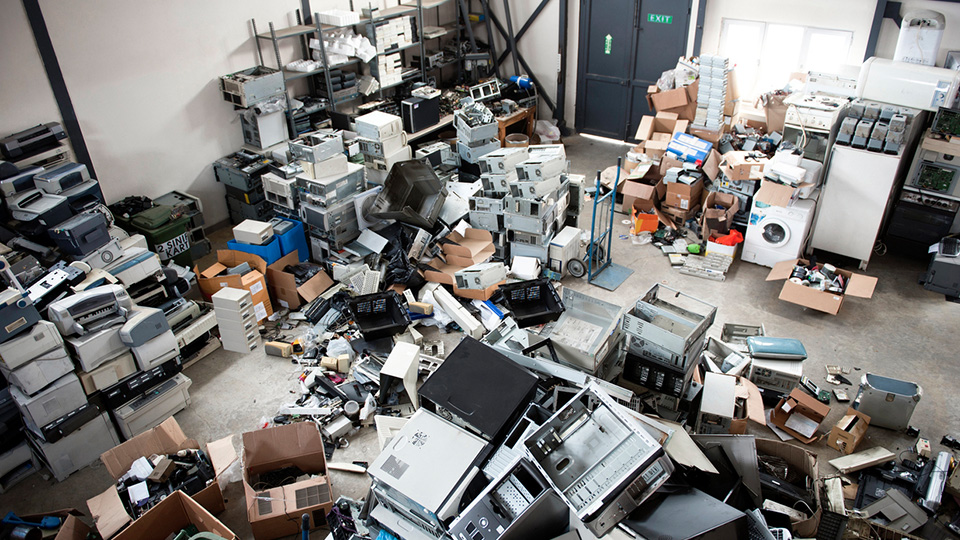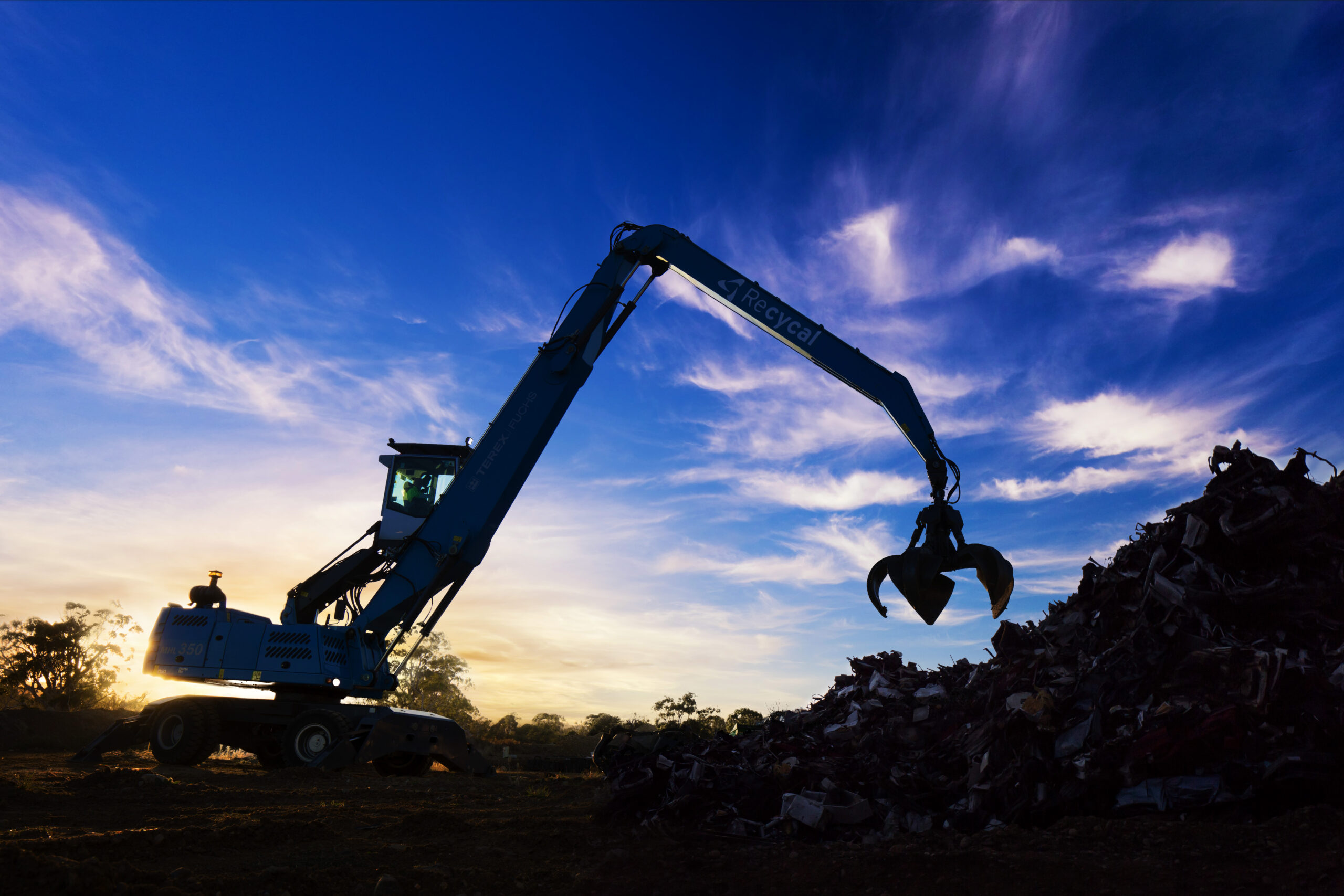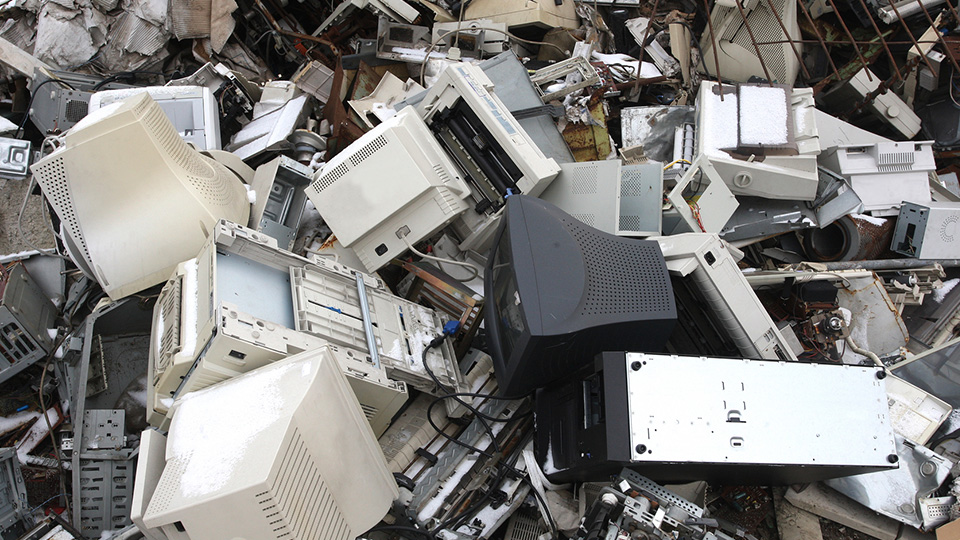The Peruvian government is tackling illegal gold mining deep in the Amazon, where deforestation, mercury contamination and human trafficking have proliferated.
For years, miners have defied authorities and unlawfully extracted gold from alluvial deposits in riverbeds, driven by high prices paid for the precious metal.
In February, government authorities deployed hundreds of police officers and soldiers to the Madre de Dios region, in southeast Peru, to close down the illicit trade.
While previous attempts to eradicate the problem have seen miners initially scatter and then return, authorities have established long-term military bases to see it through this time.
Last year, the Madre de Dios region produced 10 million grams of gold, representing 7.1% of Peru’s gold output, according to the Energy & Mines Ministry.
Environmental impacts of alluvial mining
The miners use mercury to separate the gold from debris during excavation and release large quantities of the toxic material into waterways and the wider environment.
A 2015 University of Michigan study found elevated mercury levels in humans, threatened species and fish throughout the Madre de Dios area.
When mercury leaks into the environment, it can biomagnify through the food chain and lead to widespread mercury poisoning, as seen in the Minamata disaster.
The mining expansion has also decimated tracts of rainforest in Madre de Dios, with about 96,000 hectares deforested in the region between 1985 and 2017, according to a joint study by Wake Forest University, the World Wildlife Fund and the United States Agency for International Development. About 10 per cent of that deforestation happened in 2017.
The crackdown also targeted drug trade and human trafficking, including sex trafficking and child labour, in the Madre de Dios region.
Solution required to regulate artisanal mining
While the intervention will address the problem in the near future, critics say further steps are needed for a long-term solution.
The 2015 study said there was a need for artisanal small-scale gold mining regulation in the country, in addition to better uptake of appropriate international environmental policies.
The military bases will remain in the area until at least mid-2021, when the term of the current government ends.
Peruvian biology professor Ernesto Ráez told Associated Press that it would take generations to restore and reforest the areas affected by mining.
Peru is the top producer of gold in Latin America.






